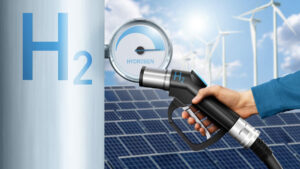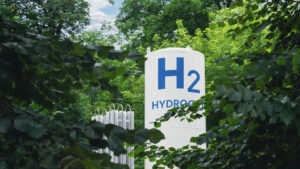This $1.9m pilot biogas facility will power EV charging stations in Bundaberg

Pic: Thana Prasongsin / Moment via Getty Images
A Queensland biogas facility will transform 4,000 tonnes of agricultural waste into 3,600t of fertiliser and ~830 megawatt-hours (MWh) of power per year to charge electric vehicles.
Biogas is produced from the digestion of organic matter, like industrial waste, agricultural waste, energy crops, and sludge from wastewater treatment.

The March 2019 ‘Biogas Opportunities for Australia’ report estimated the investment opportunity for new bioenergy and energy from waste projects at between $3.5 to $5 billion, with the potential to avoid up to 9 million tonnes of CO2 emissions each year.
READ: 1414 installs world’s first biogas powered thermal energy storage system
Last week, Victoria-based company Energy360 was awarded $363,000 through the Queensland government’s $5m Queensland Waste to Biofutures Fund (W2B Fund) to build the $1.9m waste to bioenergy demonstration plant, which will be commissioned in late-2021.
Energy360 says waste from local agriculture and food processors will be fed into an anaerobic digestor which will produce biogas and fertiliser.
“The outputs will power the EV charging station and support opportunities for jobs, skills and training in bioenergy and resource recovery,” Energy360 CEO Samantha Lamond said.
Some critics of EVs say that that the electricity used to power them is only as “green” as its source, which could be from coal-fired power stations or natural gas power plants, Energy360 wrote in September.
One clean energy alternative is biogas power generation.
“Energy360, together with its bioenergy and strategic partners, has the technology to do exactly this,” the company says.
“Electric vehicles powered by renewable electricity from biogas are running on 100 per cent renewable energy, substantially reducing GHG [greenhouse gas] emissions, as well as reducing the amount of waste sent to landfill.”
NOW READ: Hazer is a step closer to proving its hydrogen tech works in the real world
UNLOCK INSIGHTS
Discover the untold stories of emerging ASX stocks.
Daily news and expert analysis, it's free to subscribe.
By proceeding, you confirm you understand that we handle personal information in accordance with our Privacy Policy.








